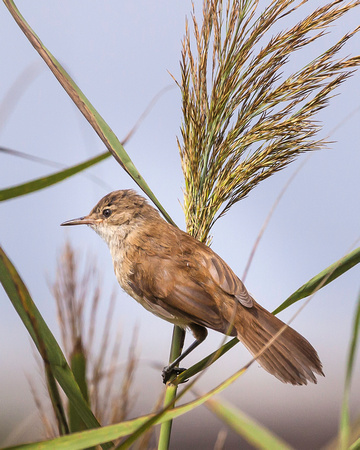Eastern Long-billed Lark (Certhilauda semitorquata)
Eastern Long-billed Lark (Certhilauda semitorquata)
8 inches long
The Eastern Long-billed Lark is found in Lesotho, South Africa, and Swaziland. Its natural habitat is subtropical or tropical dry lowland grassland.
It mainly eats invertebrates, doing most of its foraging on the ground, plucking food items from the soil surface and bases of grass tufts. The following food items have been recorded in its diet: insects (Northern harvester termites, weevils, flies, grasshoppers, plant-hoppers, Solifugids {romans, sunspiders and beard cutters}); seeds of the shrub Hermannia.
The nest is a cup built of dry grass constructed mainly by the female, with a clump of pebbles in front of it. It is typically placed at the base of a grass tuft or under an overhanging rock in a hollow. It lays 2-3 eggs, usually in the months from September-January, peaking from October-November. Very little is known about the chicks, other than that they are fed by both parents.
Photographed in Wilderness, Western Cape, South Africa.


